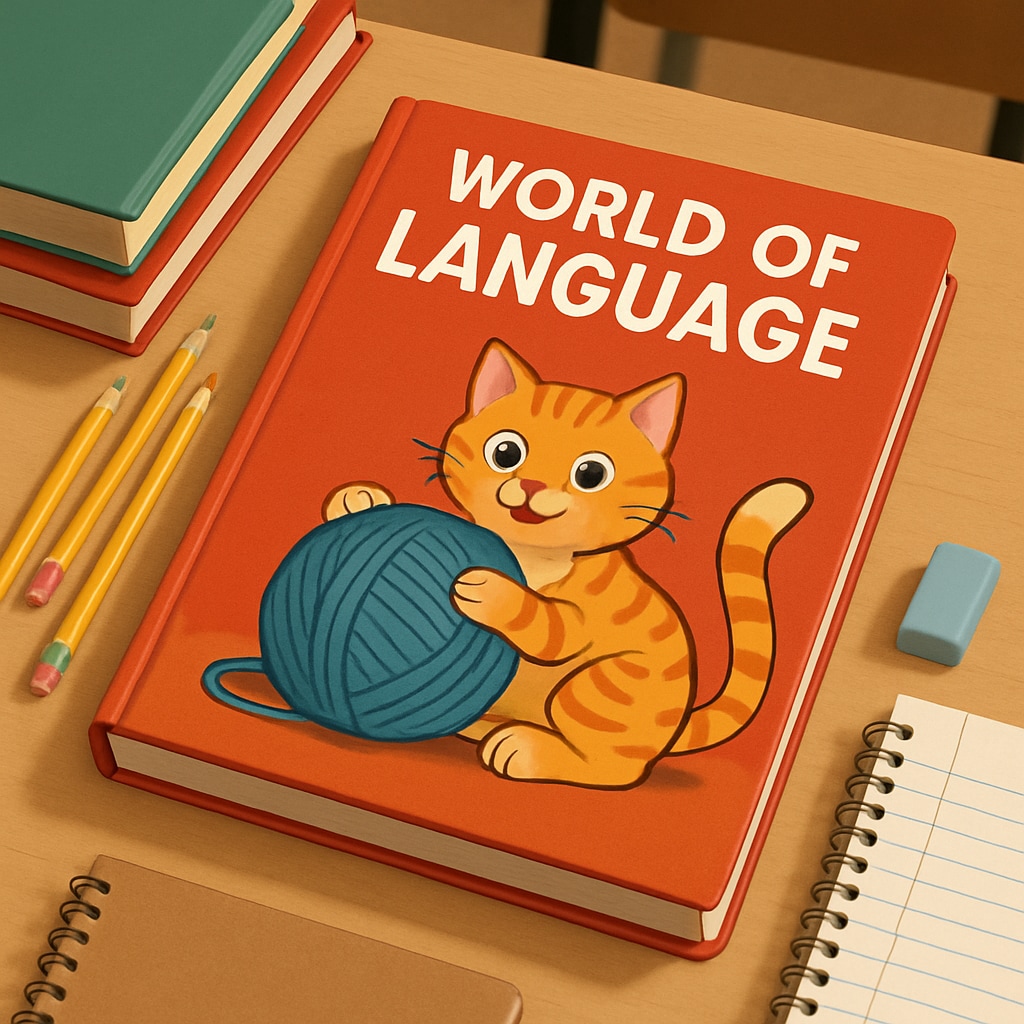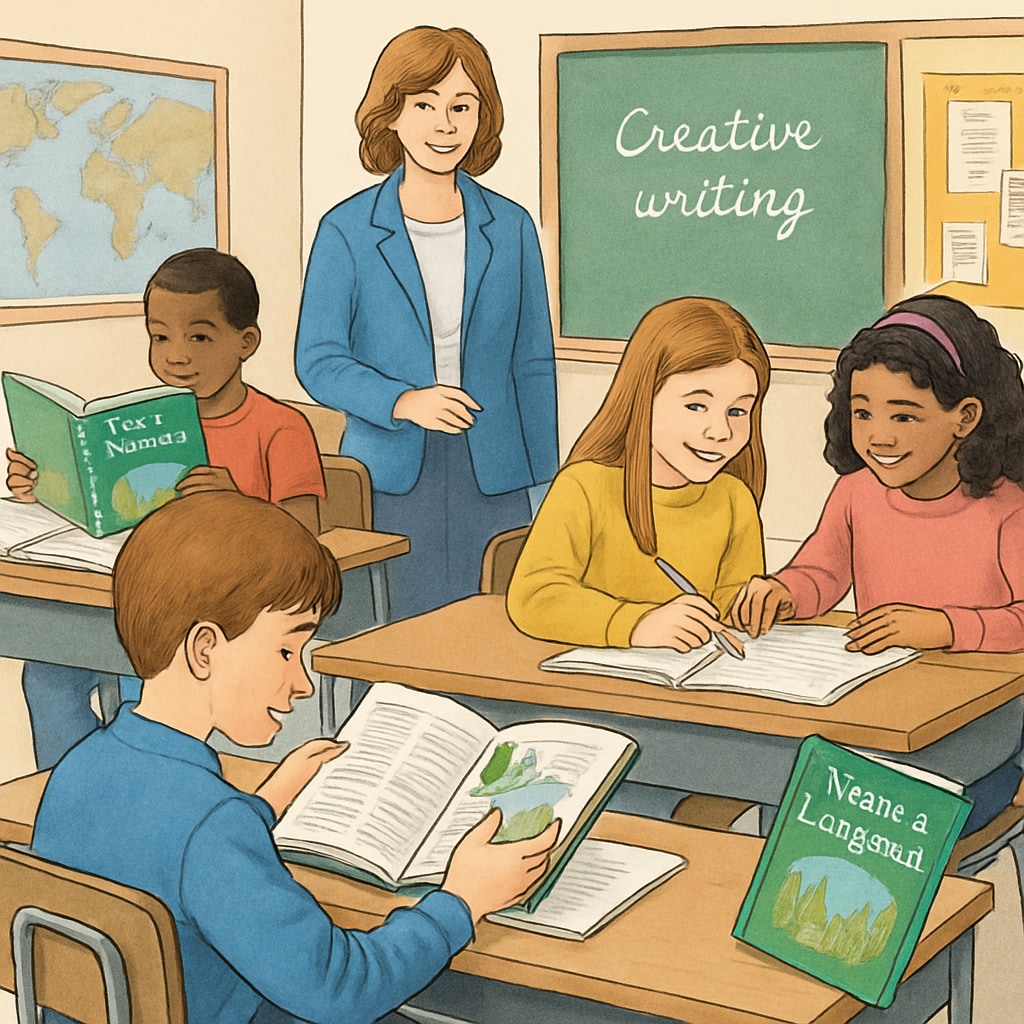The “World of Language” series of elementary language textbooks, with its memorable cat-themed cover, left a lasting impression on generations of students. Combining systematic learning techniques, creative exercises, and thoughtful content, the series has become a cherished memory for those who grew up with it. In today’s era of digital learning resources, the principles of structured education and engaging storytelling present in “World of Language” continue to offer valuable insights into effective language instruction.
The Iconic Cat Cover: A Gateway to Language Learning
For many, the “World of Language” series is synonymous with its vibrant and playful cover featuring a curious cat. This design not only captured the attention of young learners but also symbolized the approachable and friendly nature of the lessons inside. The third-grade edition, which prominently featured this feline artwork, was particularly popular and widely used in classrooms across the country.
Beyond its aesthetic appeal, the textbook’s content was celebrated for its structured yet engaging approach to language learning. It balanced grammar drills with creative writing, critical reading, and interactive vocabulary exercises. The book’s layout encouraged exploration while still maintaining a clear progression of concepts, fostering both curiosity and understanding in young readers.

Systematic and Creative: A Perfect Blend for Young Minds
One of the standout features of the “World of Language” series was its ability to combine systematic language instruction with creative exercises. Students were introduced to foundational grammar rules, sentence structures, and punctuation through well-organized chapters. However, what set the series apart was its emphasis on creativity. For example, writing prompts encouraged children to imagine scenarios, describe personal experiences, or create short stories, blending technical skills with artistic expression.
Another hallmark of the series was its integration of reading comprehension into language exercises. Short stories, poems, and excerpts from classic literature were paired with questions that challenged students to think critically, infer meaning, and analyze text structure. This dual focus on mechanics and meaning made “World of Language” an effective tool for holistic language education.

Lessons for Today’s Digital Age
In the modern era, where digital tools and online resources dominate education, the timeless wisdom of the “World of Language” series remains relevant. Its systematic approach to teaching grammar and vocabulary serves as a reminder that foundational skills are crucial for language mastery. At the same time, its creative exercises highlight the importance of engaging students on a personal level, making learning enjoyable and meaningful.
Moreover, the series underscores the value of physical books in fostering focus and reducing distractions. While digital platforms offer convenience and interactivity, the tactile experience of flipping through pages and working directly on exercises can enhance retention and engagement. Perhaps a hybrid model, blending the strengths of traditional textbooks and digital innovation, is the way forward for language education.
For educators and curriculum developers, the “World of Language” textbooks offer a blueprint for designing effective learning materials. By combining structure, creativity, and engagement, they provide a model for teaching that not only informs but inspires.
Readability guidance: Each section is concise and focused, incorporating transition words like “however,” “for example,” and “as a result” to improve flow. Lists are avoided in favor of narrative explanations to keep the content engaging for readers of all levels.


